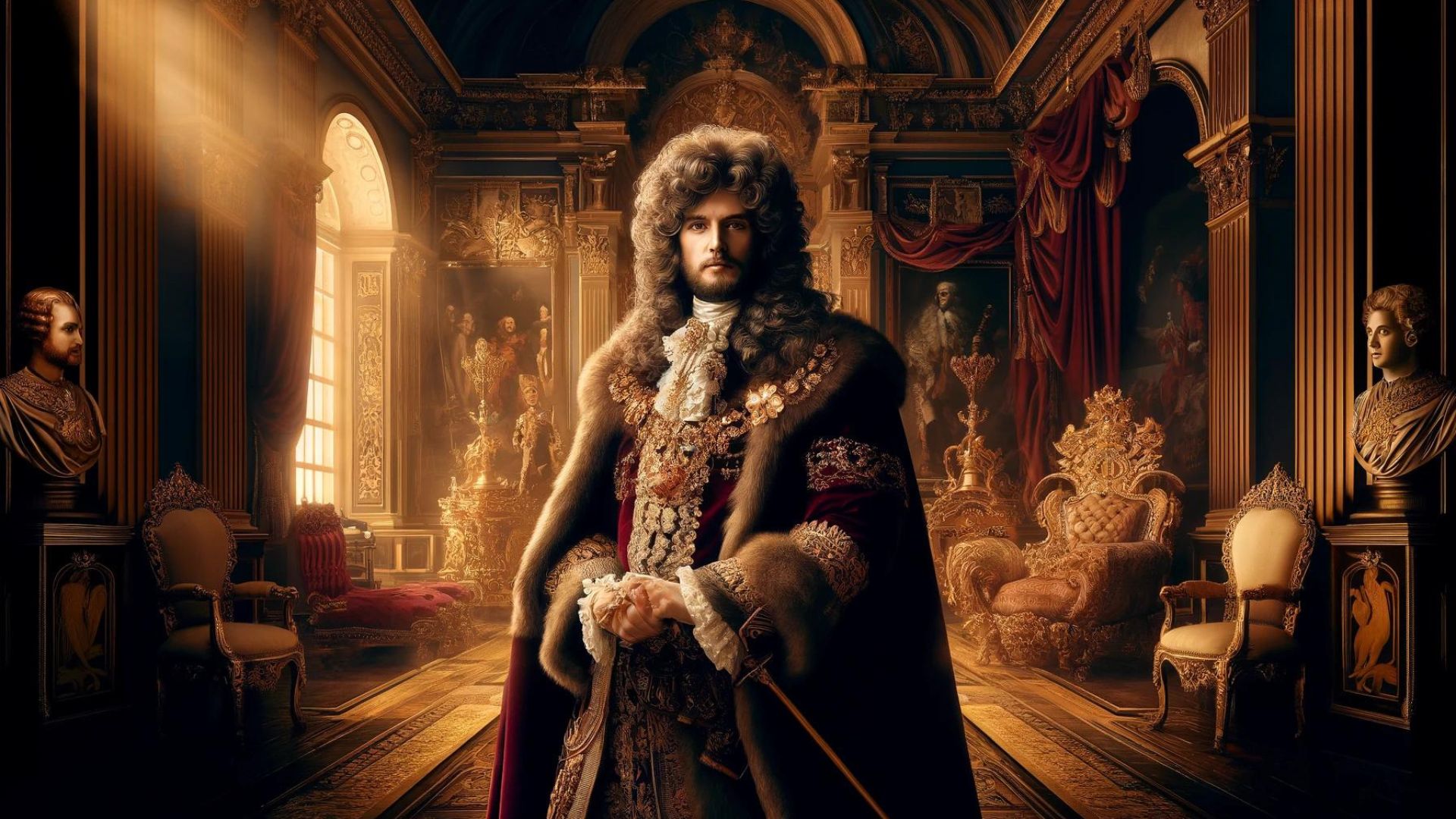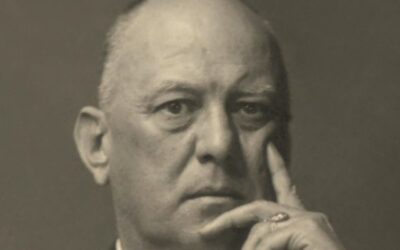Peter the Great, born Pyotr Alekseyevich Romanov on June 9, 1672, was a towering figure in Russian history. As Tsar of Russia from 1682 until his death in 1725, he is best known for his extensive efforts to modernize and westernize Russia, transforming it into a major European power. In this article, we will delve into the life of Peter the Great, explore why he remains a celebrated historical figure, and highlight his greatest achievements and their lasting impact on Russia and the world.
Early Life and Ascension to Power
Peter the Great was born in Moscow, the son of Tsar Alexis I and his second wife, Natalya Naryshkina. His early life was marked by political turmoil and power struggles within the Russian court. At the tender age of ten, Peter became co-tsar with his half-brother Ivan V, under the regency of their sister Sophia. However, Peter’s mother eventually secured his position as the sole ruler, and by 1689, Peter had effectively taken control of the government.
Why Peter the Great is Famous
Peter the Great is renowned for his ambitious reforms that aimed to modernize Russia along Western European lines. His efforts to transform the military, government, economy, and culture were unprecedented and marked a significant departure from traditional Russian practices. His travels across Europe, incognito as part of the Grand Embassy, provided him with firsthand knowledge of Western advancements, which he eagerly sought to implement in Russia.
Greatest Achievements
Modernizing the Russian Military
One of Peter’s most significant achievements was the transformation of the Russian military. He established a professional standing army, adopting Western tactics, training, and technology. He built a formidable navy from scratch, recognizing the importance of naval power in securing Russia’s interests.
Example: “Peter’s establishment of the Russian Navy was pivotal in gaining access to the Baltic Sea, culminating in the decisive victory over Sweden in the Great Northern War and securing Russia’s status as a major European power.”
Founding St. Petersburg
Peter founded the city of St. Petersburg in 1703, envisioning it as Russia’s “window to the West.” He relocated the capital from Moscow to St. Petersburg in 1712, making it the political and cultural heart of the nation. The city’s construction on the marshy banks of the Neva River was a monumental engineering feat and symbolized Russia’s new orientation towards Europe.
Example: “St. Petersburg, with its grand architecture and strategic location, became a symbol of Peter’s modernization efforts and Russia’s emergence as a European power.”
Government and Administrative Reforms
Peter restructured the Russian government to centralize power and improve efficiency. He created a Senate to supervise the administration, introduced a system of colleges (ministries) to handle specific governmental functions, and reformed the tax system to increase state revenue.
Example: “By centralizing administrative functions and streamlining the bureaucracy, Peter the Great laid the foundation for a more efficient and powerful Russian state.”
Cultural and Social Reforms
Peter sought to westernize Russian society, mandating changes in clothing, grooming, and social customs. He encouraged the adoption of Western art, science, and education, founding the Russian Academy of Sciences and establishing schools and universities to cultivate a new generation of educated Russians.
Example: “Peter’s cultural reforms helped bridge the gap between Russia and Western Europe, fostering a more cosmopolitan and progressive society.”
Economic Modernization
Peter implemented policies to stimulate economic development, including the establishment of new industries, the promotion of trade, and the development of infrastructure. He invited foreign experts to Russia and sent Russians abroad to learn advanced techniques.
Example: “Peter’s economic reforms laid the groundwork for Russia’s industrialization, boosting its economic output and integrating it into the global economy.”
Influence and Legacy
Peter the Great’s influence on Russia and the world is profound and enduring. His reforms transformed Russia from a relatively isolated and backward state into a formidable European power. He is often credited with laying the foundations for the Russian Empire, which would dominate Eastern Europe and Central Asia for centuries. Peter’s legacy is also evident in the continued prominence of St. Petersburg as a cultural and intellectual hub.
Example: “Peter the Great’s vision and determination reshaped Russia’s political, military, and cultural landscape, leaving an indelible mark on the nation’s history and its role in global affairs.”
Peter the Great stands as one of history’s most transformative figures, a visionary leader whose reforms propelled Russia onto the world stage. His achievements in modernizing the military, founding St. Petersburg, reforming the government, and promoting cultural and economic development have left a lasting legacy. By understanding the life and accomplishments of Peter the Great, we gain insight into the profound impact one leader can have on a nation’s destiny and its place in the world.
Peter the Great’s story is a testament to the power of vision, ambition, and relentless pursuit of progress, inspiring future generations to embrace change and strive for greatness.










0 Comments